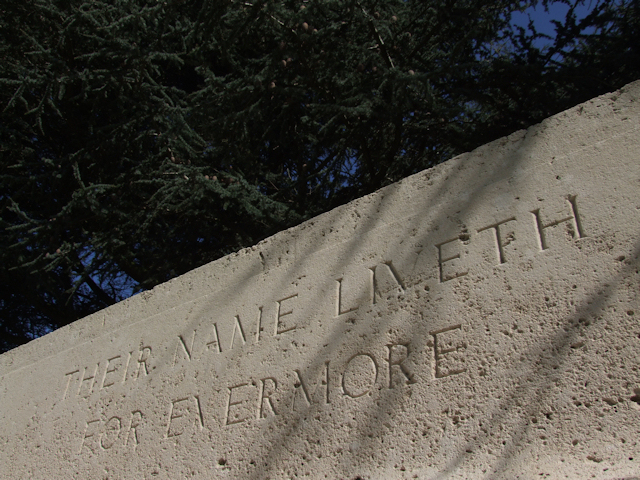Name
Frederick Brinklow
11 April 1892
Conflict
First World War
Date of Death / Age
06/12/1923
31
Rank, Service Number & Service Details
Stoker 1st Class
K6366
Royal Navy
Awards: Service Medals/Honour Awards
Navy Star, British War Medal and Victory medals
Cemetery/Memorial: Name/Reference/Country
Not yet known
United Kingdom
Headstone Inscription
N/A
UK & Other Memorials
St Francis of Assisi Memorial, Hammerfield,
St John the Evangelist Church Memorial, Boxmoor
Pre War
Frederick Brinklow was born on 11 April 1892 in Boxmoor, Hemel Hempstead, Herts, the son of Walter Brinklow and Edith (nee Garment) and one of four children.
On the 1901 Census the family were living at 105 Apsley End, Hemel Hempstead, where his father was working as an envelope packer. At that time Frederick had an older brother Leonard and younger brother Sidney. A fourth son, Arnold Stanley was born in 1910. The family remained living at the same address in 1911.
Frederick joined the Royal Navy on 13 April 1910 for a 12 year engagement as K6366 and first served on HMS Pembroke II (a shore establishment at Chatham) as Stoker Class II.
On the 1911 Census he is listed as one of the crew of HMS Formidable, a Pre-Dreadnought Class Battleship, part of the 2nd (Reserve) Fleet, positioned in No. 3 Basin, Chatham Dockyard on Census date 2 April 1911. Frederick was promoted to Stoker Class 1 on 13 Apr 1911 and after time ashore in May 1912, at Pembroke II, he was assigned to HMS St George, an Edgar Class Cruiser and Depot ship on 12 May 1912 until 8 Sep 1912. Another period ashore at Pembroke II was followed by a term from 5 Nov 1912 to 13 Jan 1915 on HMS Inflexible, an Invincible Class Battlecruiser.
Wartime Service
Frederick was already serving at the outbreak of the war. He was aboard HMS Inflexible in the Mediterranean shadowing the movements of German ships Goeben and Breslau (which escaped to Constantinople to become part of the Turkish Fleet). HMS Inflexible, in company with Flag and sister ship HMS Invincible, was ordered to the South Atlantic to take part in the Battle of the Falkland Islands on 8 Dec 1914.
He was returned to Pembroke II (a shore establishment)on 14 Jan 1915 and then admitted to No. 2 Southern General Hospital, Bristol on 13 March 1915 suffering from emphysema (fluid on the lung). He was discharged from the Royal Navy on 19 September 1916 and received his Silver War Badge no. 5276 on 18 Dec 1916 (issued to service personnel who had been honourably discharged due to wounds or sickness in World War 1). The National Roll of the Great War states that from 1915 onwards he was in hospital owing to severe illness and was demobilised in March 1919.
Frederick died on 6 September 1923 at the London Hospital, Whitechapel Road, Middlesex.
Additional Information
Probate was granted to his father on 3 November 1923 in London with effects of £599 3s 9d. Brother Leonard served with Hertfordshire Regt as Private 5373 from 2 Oct 1915 but was discharged on 22 Apr 1916 (Sickness) and received his Silver War Medal 118753.
Not listed in the CWGC database because of the date of death.
N.B. The Hemel Hempstead Memorial was unveiled in 1921, and this Frederick Brinklow died in 1923, however Frederick was extremely ill and apparently in hospital for some time prior to his death. Perhaps he was included on the memorial as it was anticipated he did not have long to live. In any case, he did serve his country for many years and deserves recognition.
Acknowledgments
Brenda Palmer, Neil Cooper
www.dacorumheritage.org.uk



